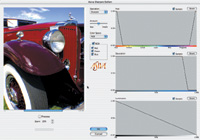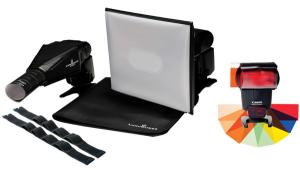Digital Innovations
Networking: It Is For Everybody
"Computers = Ticket To Hell."--the back of an Alien Skin Software T-shirt Recently I received a press
release from a high-tech company hyping "an event announcing a
collective effort that will create simplified interoperable home networks."
Like Claude Raines in Casablanca, I was "shocked, just shocked"
to discover it was so difficult to set up a home network. You see, I
just connected two different kinds of computers in 15 minutes. Here's
how it went: |
|||
Comcast promises broadband
coverage in my area real soon now and since I wanted both computers to
connect to the web it also required a router. The official techie definition
of a router is that it's a device that "forwards packets of
data between networks or systems based on network layer information and
routing tables, often constructed by routing protocols." In reality,
it's an inexpensive box that lets you link two or more systems together
and makes setting up a network as simple as hooking up a home music system
and less complex than a home theater. |
|||
Plug-In Of The Month |
|||
Cat Got Your Files? Lotsa Files = Bigger
Hard Drives Protect Your Mac From
Attacks Within And Without Best Photo Conference
In America Acronyms Got You Going? |
- Log in or register to post comments





















































